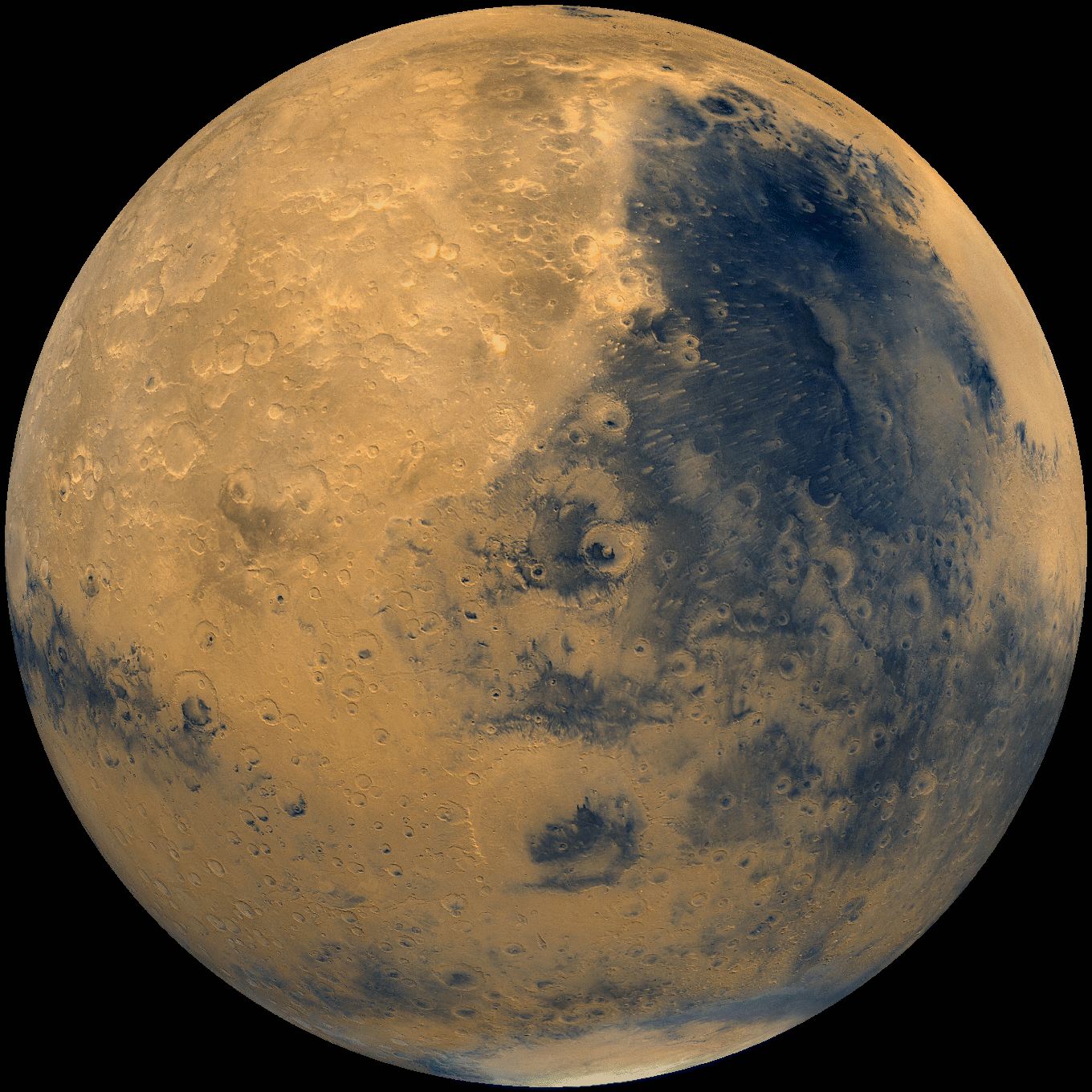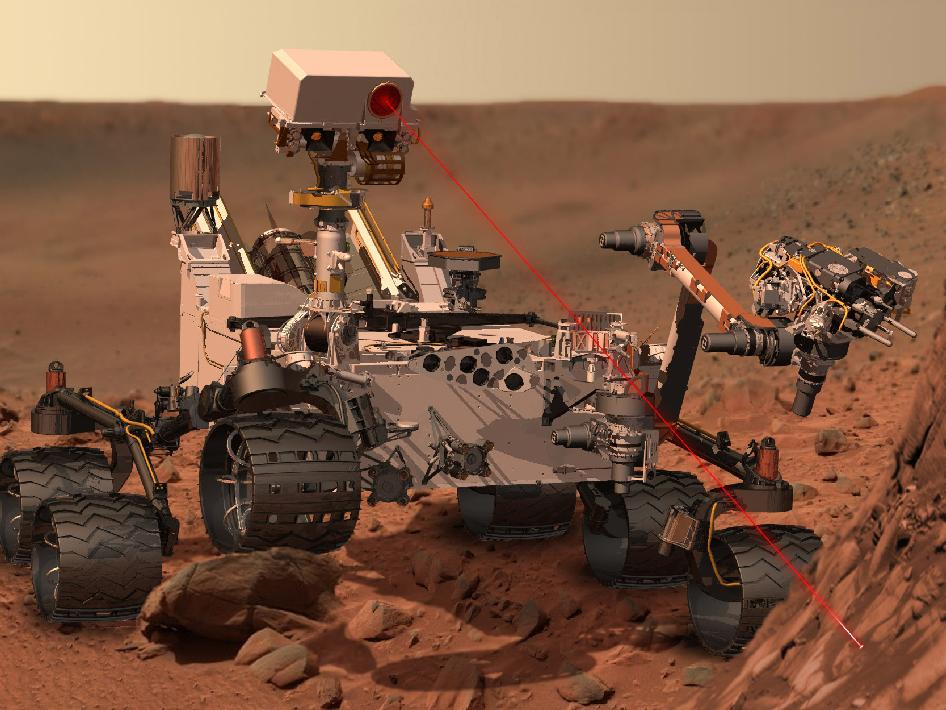Search for Life Guides NASA's New Mars Mission Plan

NASA's new Mars exploration strategy will be shaped by an old goal: searching for signs of past or present life on the Red Planet.
The space agency's Mars program suffered deep cuts in President Barack Obama's proposed 2013 budget, which was released in February. In response, NASA pulled out of European-led Mars missions in 2016 and 2018 and decided to reformulate its plans for robotically exploring the Red Planet.
Those plans, however they take shape, will continue to work toward finding evidence of extinct or extant Martians, agency officials announced today (April 13).
"Seeking the signs of life still remains the ultimate goal for all of us, frankly, and all these pieces fit within that theme," Doug McCuistion, director of the Mars Exploration Program at NASA Headquarters in Washington, D.C., told reporters today.
New strategy taking shape
As part of its Red Planet rethink, NASA has put together a committee called the Mars Program Planning Group, led by aerospace engineer Orlando Figueroa. The MPPG is assessing possible future missions to Mars, and it aims to help define the agency's exploration options over the long haul. [7 Biggest Mysteries of Mars]
The MPPG is enlisting the help of researchers around the world, asking them to submit ideas about how to study Mars on a limited budget. The best ones will be presented this June at a workshop in Texas; the MPPG is slated to announce its findings two months later, in August.
Breaking space news, the latest updates on rocket launches, skywatching events and more!
Those findings will help guide NASA but won't tie the agency's hands.
"The decision process remains with NASA," McCuistion said. "What Orlando's team produces as a product will not be the final answer."
Gearing up for 2018
After withdrawing from the two European-led ExoMars missions — which aim to launch an orbiter and a drill-toting rover to the Red Planet in 2016 and 2018, respectively — NASA is working toward launching a mission of its own in 2018 or, at the latest, 2020, officials said.
The MPPG is assessing the options for this mission, which the agency has said would likely cost between $500 million and $700 million. That's a dramatic reduction from NASA's most recent Mars mission, the $2.5 billion Curiosity rover, which is slated to land on the Red Planet this August. (An orbiter mission called Maven, which will launch next year to study the Martian atmosphere, costs about $500 million.)
The 2018/2020 mission remains substantially undefined, with rovers and orbiters still under consideration, officials said. However the mission shapes up, it will likely be designed to bring the agency closer to a Mars sample-return effort, which many researchers regard as the best way to search for signs of life on the Red Planet.
"The scientific goal — and for human exploration as well — of a Mars sample-return is still the highest priority in the long term," said John Grunsfeld, associate administrator for NASA's Science Mission Directorate.
President Obama has tasked NASA with getting astronauts to Mars or Mars orbit by the mid-2030s, so human exploration goals will shape the new Red Planet strategy as well. And searching for signs of life is a key part of the planning process for future manned Mars missions, officials said.
"If Mars already has life, you have to understand the effects on humans," McCuistion said. "So this is a critical question — not just the innate human question of 'Are we alone?' but also safety of humans on the surface of the planet."
You can follow SPACE.com senior writer Mike Wall on Twitter: @michaeldwall. Follow SPACE.com for the latest in space science and exploration news on Twitter @Spacedotcom and on Facebook.

Michael Wall is a Senior Space Writer with Space.com and joined the team in 2010. He primarily covers exoplanets, spaceflight and military space, but has been known to dabble in the space art beat. His book about the search for alien life, "Out There," was published on Nov. 13, 2018. Before becoming a science writer, Michael worked as a herpetologist and wildlife biologist. He has a Ph.D. in evolutionary biology from the University of Sydney, Australia, a bachelor's degree from the University of Arizona, and a graduate certificate in science writing from the University of California, Santa Cruz. To find out what his latest project is, you can follow Michael on Twitter.

